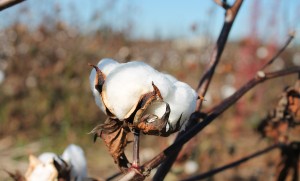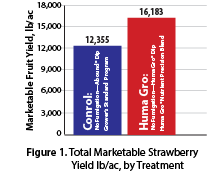In this video, Heather Jennings, PE, Director of Probiotic Solutions®, provides an introduction to 8 essential products for wastewater bioremediation.
Stimulating the growth and development of the correct microbial populations for processing wastewater contaminants has been our core business for over 45 years. In that time, we’ve developed a suite of 40 bioremediation products that are unsurpassed in the industry. The following 8 products are highlighted in the video:
- Bio Energizer®—a balanced formulation of vitamins, trace nutrients, enzymes, organic acids, and biostimulants that motivate the existing microbial community to greater metabolic capacity and efficiency. Bio Energizer® is neither a bacterium nor an inoculum. It excels at stimulating microbes to reduce organic lagoon sludge, which reduces or eliminates costly mechanical removal expenses. It also works well in activated sludge systems for removing heavier wastes (FOG, petrochemicals, food processing wastes, and industrial/commercial wastes with heavy BOD/COD concentrations).
- Bio Genesis®—a formulation of nutrients, organic acids, and biological stimulants that balance the natural microbial ecosystem to increase bio-oxidation capacity in activated sludge systems. Bio Genesis® reduces operating costs by lowering BOD/COD and improving settleability while controlling filamentous bacteria and reducing FOG. Bio Genesis® enhances endogenous respiration for faster and more complete oxidation of sludge into carbon dioxide and water.
- Liquid Carbon Products
- Carbon-CH™ (formerly CarbonX™ 201)— an activated liquid, nonhazardous, carbon product derived from a highly oxidized, naturally occurring carbohydrate source. For wastewater treatment systems lacking sufficient inlet BOD source or carbon for denitrification, Carbon-CH™ stimulates and maintains microbial growth.
- Carbon-G™ (formerly CarbonX™ 203)— an activated liquid nonhazardous carbon product derived from a glycerin source. For wastewater treatment systems lacking sufficient inlet BOD source or carbon for denitrification, Carbon-G™ stimulates and maintains microbial growth in industrial settings.
- Supplemental Microbials
- Microplex® JS—(for “jump start”) formulated with facultative and aerobic bacteria that will quickly increase biomass.
- Microplex® NC— nitrifying bacteria in a liquid base that are ready to go with no dissolving required.
- Microplex® FL—for fibrous lagoons.
- Microplex® DN—for denitrification
If you have any questions regarding these or any of our 32 other Probiotic Solutions® water and soil remediation products, visit our products page at https://probiotic.com/shop/ or send us an email at info@probiotic.com.
Related Posts

Proof of His Vision: The 1984 Humic Acid Study
Decades before humic acids became more understood in agriculture, Dr. Jordan G. Smith was already testing their impact on plant growth. This newly uncovered 1984 study, co-authored by Huma’s founder, validates a vision that still drives our mission today.

This Week in Ag #34
Earl Butz, one of the most famous and popular US Secretaries of Agriculture, once told me that a key competitive advantage for US farmers in the global marketplace is our built-in natural infrastructure. Our Great Lakes and river system is perfectly designed to transport grain efficiently. The Mississippi River is the backbone of our agricultural transportation system: 60% of all grain exported from the USA is shipped by barge down the Mighty Mississippi.

Univ. of Calif.: Huma Gro® Increases Strawberry Yields 30%
Huma Gro® Ultra-Precision™ Blend Plus Root Dip Increases Strawberry Yields 30%, Univ. of Calif. Conducted by: Surendra K. Dara, PhD, University of California Huma Gro® Products: Ultra-Precision™ Blend; plus root dip of Breakout®, Promax®, Vitol®, and Zap® OBJECTIVE The purpose of this research project was to evaluate how a special blend of fertilizer solution and

